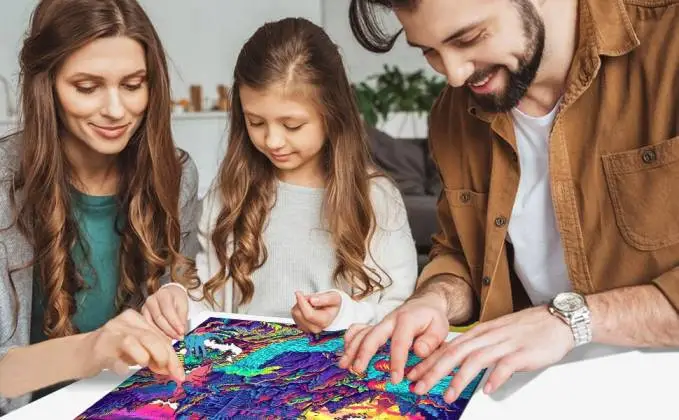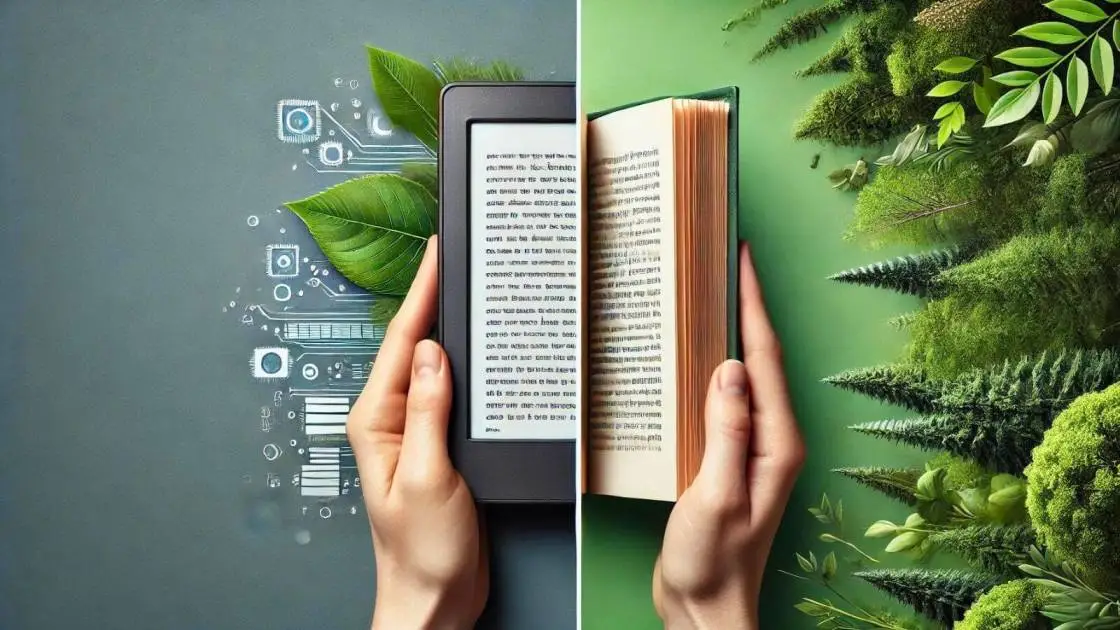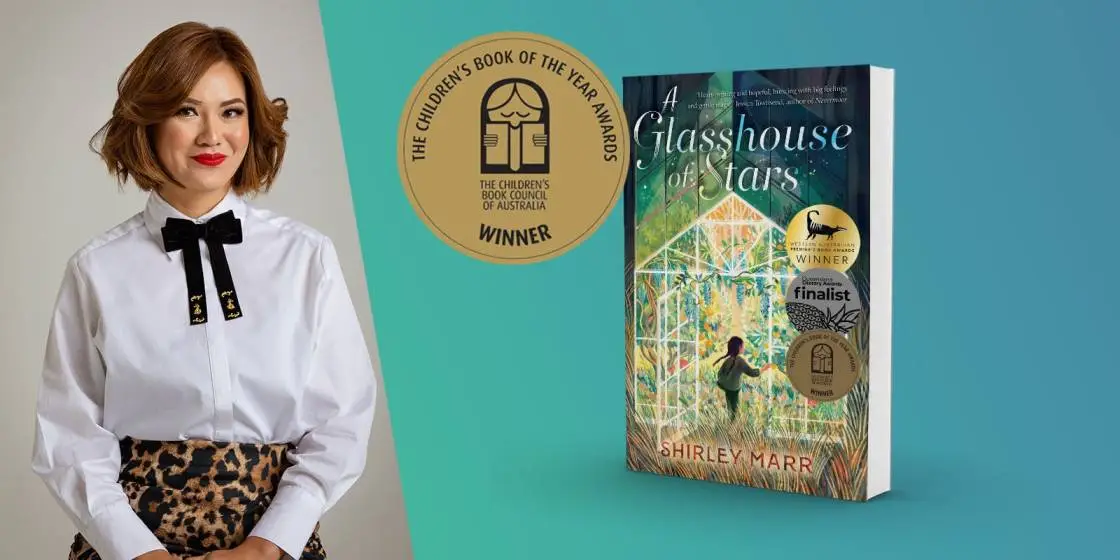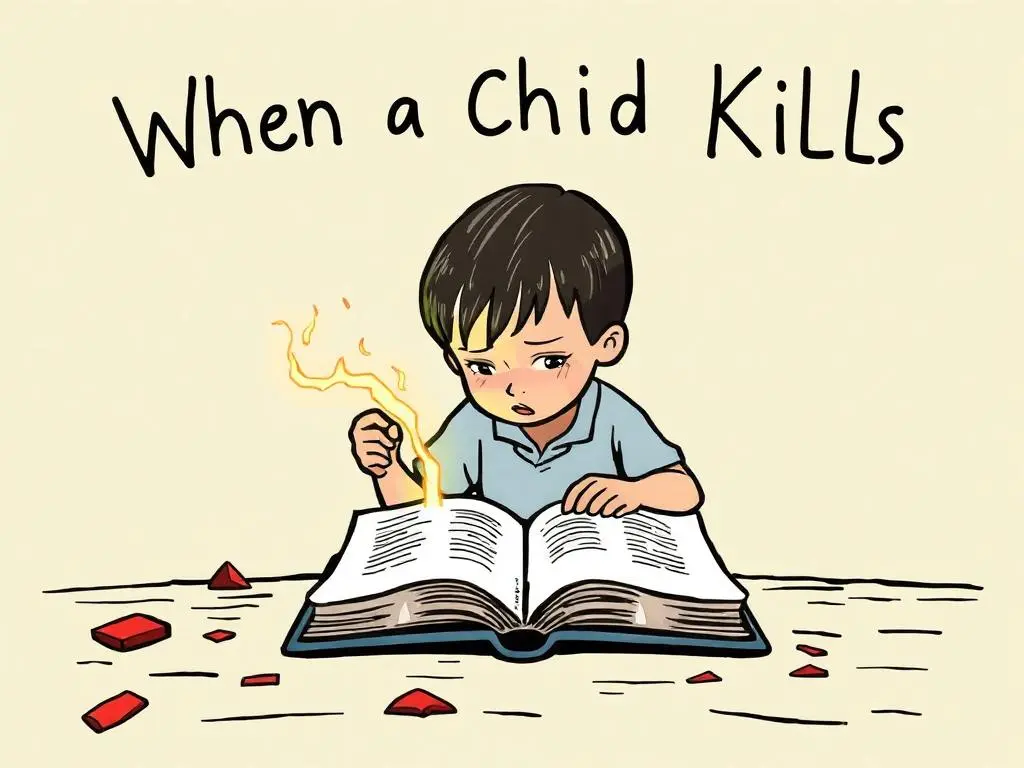Jennifer Weiner Used to Read Her Fathers Medical Textbooks for Fun

“I knew a lot about genitals at a very early age,” says the novelist, whose new book is “Big Summer.”
What books are on your nightstand?
What’s on my nightstand right now is the last bottle of Lysol from my CVS, my Kindle (wiped down) and a copy of “How to Talk So Teens Will Listen and Listen So Teens Will Talk.” (Is it working? Not so much!)
Other books I’ve enjoyed lately include “The Most Fun We Ever Had,” by Claire Lombardo, “If You See Me, Don’t Say Hi,” by Neel Patel, “In the Dream House,” by Carmen Maria Machado, “Dominicana,” by Angie Cruz, “Baby Teeth,” by Zoje Stage, “Queenie,” by Candice Carty-Williams, and “Red Clocks,” by Leni Zumas. Right now it’s Week 4 of the Great Isolation, and I am deep, deep into the “Outlander” series by Diana Gabaldon. Each book is about 1,000 pages long and they’re this wonderful hybrid of historical and romance, with elements of time-travel.
What’s the last great book you read?
My friend Curtis Sittenfeld’s book “Rodham” is fan fiction in the best way — where you take a character from a story someone else has written and reimagine that person in a different story, or timeline, or set of circumstances. “Rodham” gives us a world where Hillary Rodham never becomes Hillary Rodham Clinton. For everyone who’s ever said that, after all these years, we still don’t know who Hillary is, this book gives us an answer. Maybe not the answer, but an answer. Without giving too much away, the story has taken on a terrible, poignant resonance in these last weeks.
Are there any classic novels that you only recently read for the first time?
I haven’t read any new classics myself, but my husband recently read “Stoner,” which I have mostly absorbed through marital osmosis.
Describe your ideal reading experience (when, where, what, how).
When I’m supposed to be doing something else, the where is in bed, the what is an old, beloved novel or a wonderful new one, and the how is on my Kindle, where I can adjust the size of the font and the brightness of the screen to my aging eyes’ specifications.
What’s your favorite book no one else has heard of?
“Her Monster,” by Jeff Collignon, is the story of a monster living in a cabin in the woods and the punk-rock girl who finds him and falls in love. “Veronica,” by Nicholas Christopher, is noir magical realism about love and jazz and Tibet, which shouldn’t work but does. And Harry Crews’s “Body” is a Southern Gothic tragicomedy set in the world of women’s bodybuilding, featuring a protagonist named Shereel Dupont, formerly Dorothy Turnipseed (her nom de weight-lift was supposed to be Sheree, but there was a typo on the program).
What book should everybody read before the age of 21?
My focus with young people — at least, the ones of whom I am boss — has been to give them books that they’ll enjoy, so that they’ll be grow up to be readers. “A Wrinkle in Time” was one of my favorite books as a kid, and one of the books that made me a reader. I’d recommend it to any young person … and I was insanely frustrated when, for years, my older daughter wouldn’t read it. I kept giving it to her, she kept ignoring it. Finally, I found a graphic novelization of the book. She read it, loved it, and never looked back. Yay, graphic novels!
“Cost,” by Roxana Robinson, is one of the best books about addiction I’ve ever read — she makes it so visceral and real and terrifying, and shows you the damage, not just to the addict but to generations of extended family. Instead of shouting “Don’t do drugs!” at my kids when they head off for college, I’ll give them this book.
Which writers — novelists, playwrights, critics, journalists, poets — working today do you admire most?
Critics: Rebecca Solnit, Helen Rosner, James Poniewozik, Maureen Ryan.
Novelists: Susan Isaacs, Walter Mosley, Andrew Vachss, Jonathan Kellerman, Peter Straub, Stephen King, Anne Tyler, Elizabeth Hand.
Playwrights: Anais Mitchell, Lin-Manuel Miranda and R. Eric Thomas (who’s also the author of “Here for It,” and the best follow on Twitter).
Journalists: Daniel Dale, Nikole Hannah-Jones, Alexandra Petri, Ijeoma Oluo.
Poets: Tracy K. Smith, Sharon Olds.
You didn’t ask about singer-songwriters, but my favorites there are Dar Williams, Liz Phair, Ani DiFranco, Richard Thompson and Rufus Wainwright, and the much-missed Warren Zevon. In Emmylou Harris’s “Red Dirt Girl,” the narrator is talking about a friend who never left their small town, and died young. “Nobody knows when she started her skid / She was only 27 and she had five kids / Could’ve been the whiskey, could’ve been the pills / Could’ve been the dream she was trying to kill.” That’s a perfect lyric. And Fran Lebowitz is barely working today, but I read every word she writes or utters.
Do you count any books as comfort reads?
I love to read, and I love to reread, and there are books that bring me great comfort, no matter how many times I’ve been through them. I go back to Lawrence Sanders’s mysteries. They’re set in the 1970s and 1980s, which can feel like a different world, but they’re richly detailed and meticulously plotted and they zip right along. And for angsty romance, “The Time Traveler’s Wife” is close to perfect.
What’s the last book you read that made you laugh?
In her new book, “Separation Anxiety,” Laura Zigman does this amazing thing of taking something that you’d imagine was beyond satire — female creativity gurus, or progressive private schools — and somehow makes them even funnier and more over-the-top than they already are.
The last book you read that made you cry?
I read Sigrid Nunez’s “The Friend” and did an admirable job of holding it together, until the book’s final pages, where the protagonist has taken her aging canine companion to the beach for one last day in the sun. I knew what was coming — it’s a book about a lonely single woman and an aging dog, so of course I knew. Still, by the very end I was sobbing. And I was on a plane! With my kids! Who promptly got as far away from me as the seats would allow and acted like they didn’t know me!
What writers are especially good on female friendship?
For young readers, L. M. Montgomery, who wrote the “Anne of Green Gables” books, is wonderful both about the longing for friendship and its realization. She’s so moving about how Anne longs for a “bosom friend,” and then so hysterical about how Anne accidentally gets her new friend drunk on Marilla’s currant wine, which she mistook for raspberry cordial (“Diana Is Invited to Tea with Tragic Results”).
For adults, Zoe Heller’s “What Was She Thinking?” is like a soufflé spiked with poison. If I ever get to teach writing, this will be my example of unreliable narration. Terry McMillan and Judy Blume are both reliably great. Same with Susan Isaacs, who is one of my favorite writers. In “Compromising Positions” and “Long Time No See,” she does a perfect job of writing the relationship between Long Island suburban housewife/detective Judith Singer and her cynical southern B.F.F. Nancy MacLaren Miller. When Nancy and Judith are trying to solve a murder, Nancy suggests the man was killed because of an unwillingness to perform oral sex. “Don’t you think murder is a little excessive?” asks Judith, to which Nancy replies, “I most certainly do not.”
Has a book ever brought you closer to another person, or come between you?
Lots of people — even some I admire — complain when food bloggers don’t get to the recipe fast enough. “I don’t want to read about how you and Gary and your foster King Charles Cavalier spaniel drove to Cheyenne after you developed gluten intolerance. Just tell me how to make the smoothie, Karen!” The thing is, I actually do want to hear Karen’s story! I like cookbooks where, instead of just ingredients and instructions, I get some sense of how the food fit into the writer’s life — how this was the roast chicken she fed herself after her husband died; how these were the rolls she baked for her first dinner party when she was newly single and had just moved to Manhattan. I love a novel with recipes, like Nora Ephron’s “Heartburn.” I love a memoir with recipes, like all of Ruth Reichl’s. I love a cookbook with stories, like Ruth Reichl’s “My Kitchen Year,” about how she cooked herself out of despair after Gourmet magazine abruptly folded. As much as I appreciate the recipes for spinach gnocchi and pork stew and the chocolate cake that cures everything, I love the stories even more. I also think there’s more than a whiff of sexism in demanding that a genre that’s mostly written by women needs to hurry up and get to the point. It feels like another place where women’s stories and women’s work are devalued.
Which subjects do you wish more authors would write about?
I’d love more stories about women and money. Not women who marry money, but women who have their own money, and have to figure out what that means for them, for their friendships and their marriages and their relationships with their families. Joanne Ramos’s “The Farm” was terrific, about poor women renting their wombs and literally doing the labor that rich women won’t, and the young female mogul who dreamed up the system.
Which genres do you especially enjoy reading? And which do you avoid?
I read all genres. Fiction is my favorite — literary fiction, and also domestic fiction, chick lit, beach reads, whatever you want to call the more fun, more breezy stuff. I have a special soft spot for romance. I love a smart mystery (Kate Atkinson is great); I love poetry and literary fiction with writing so beautiful that the sentences make you sigh with pleasure. I love going back to the books I read as a child, especially now. I’m reading lots of horror these days. Joe Hill’s collection “Full Throttle,” especially the story “All I Care About Is You,” is perfection.
I don’t avoid any genre, but I’m wary of any book that feels more like a piece of a multipronged marketing platform than something born out of an honest desire to tell a story or speak truth. If a book exists to drive people toward the author’s creativity retreats or yoga encounters or makeup line or reality TV show, or to build her brand, that book is not for me. I was a lonely kid. Books were company, they were lifeboats, they were friends. I don’t like seeing them treated like just another promotional asset.
How do you organize your books?
I organize my books by color. I know. I KNOW. But most of my reading has been digital over the past 10 years, which means I’ve got a thousand books on my Kindle, which forces me to remember authors and titles. There is also always Google if I find myself thinking, “It’s set in Detroit and it’s about three siblings, one of the siblings has a gambling addiction and is squatting in the house.” (That’s “The Turner House,” by Angela Flournoy, and it’s great.)
What book might people be surprised to find on your shelves?
When you picture someone athletic, you are probably not imagining a body like mine. But I am actually quite active, and I buy any book that I can find about other athletes in nontraditional bodies. Jayne Williams’s “Slow Fat Triathlete” got me ready for my first sprint-distance triathlon. Jessamyn Stanley’s “Every Body Yoga” helped me improve my yoga practice. Jill Grunewald’s “Running With a Police Escort” made me feel better with my own slow runs, and Mirna Valerio’s “A Beautiful Work in Progress” is an engrossing memoir and an inspiring road map. (I might never complete an ultramarathon, but I can read about someone like me who has!) Finally, Peter Sagal’s “The Incomplete Book of Running” is inspirational, moving and very, very funny.
What’s the best book you’ve ever received as a gift?
I was lucky enough to be the interlocutor when Hillary Clinton was on her book tour. I did events with her in Philadelphia and in Portland, Ore. The copy of “What Happened” that she signed for me will be something I pass down to my daughters.
What kind of reader were you as a child? Which childhood books and authors stick with you most?
I was a lonely, mouthy, weird kid with a large vocabulary and no friends, who was more comfortable with books than with people. I read constantly and voraciously and widely, across every genre. Anything I could get my hands on, including my father’s medical textbooks, which had pictures of naked people in them. I knew a lot about genitals at a very early age.
Books that I loved as a girl include the “All-of-a-Kind Family” series, the “Great Brain” books, “Little Women,” “Five Little Peppers and How They Grew,” the Bobbsey Twins, Nancy Drew, Trixie Belden and all of Judy Blume.
You’re organizing a literary dinner party. Which three writers, dead or alive, do you invite?
Even if I was allowed to invite strangers over to my house right now, I’d want to skip the literary dinner party. I get tongue-tied in front of people I admire, so the dinner would basically be three or four excruciating hours of me stammering, à la Chris Farley to Paul McCartney, “Remember when you wrote ‘Pride and Prejudice’? That was cool!” I imagine Jane Austen excusing herself, slipping off to the powder room and politely asking when she might be allowed to return to the afterlife. I’ve also had the experience of meeting a literary idol and having that person be a jerk. Do I want to live in a world where Shakespeare picks up a copy of one of my books and sneers at it? Or where I find out that one of my favorites barely teaches any women writers in his creative writing classes? No. No, I do not. I’d probably just go get Chinese food and mani-pedis with my writer friends.
What do you plan to read next?
Terry McMillan’s “It’s Not All Downhill From Here,” Kiley Reid’s “Such a Fun Age” (set in Philly!), “Hood Feminism,” by Mikki Kendall, and a downloadable guide for no-sew face masks.




